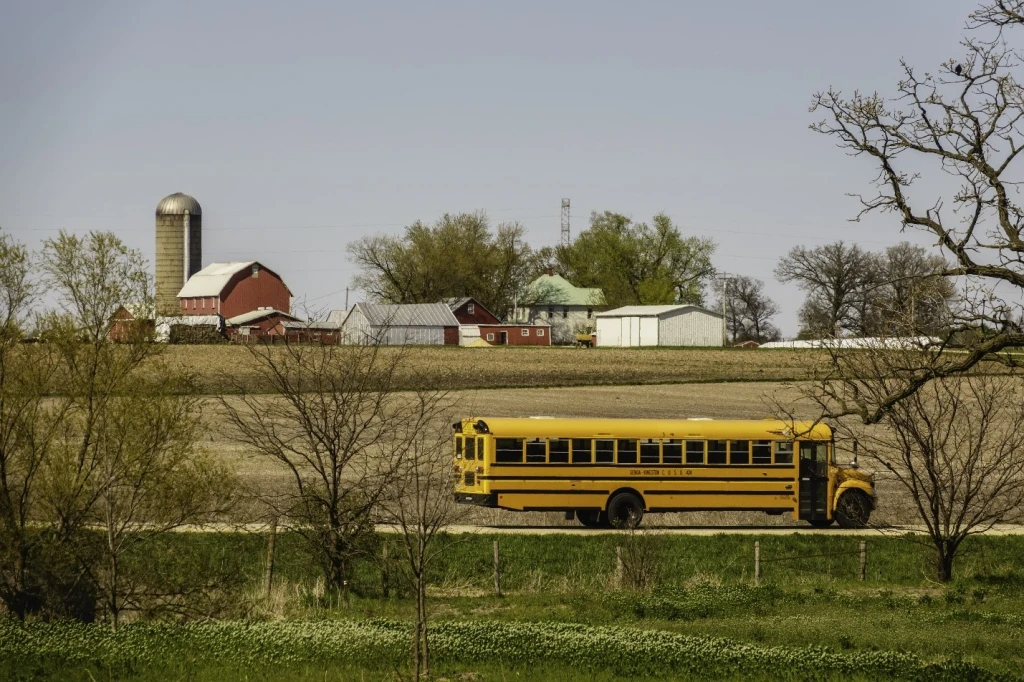The College Board’s Advanced Placement® (AP) program allows high school students to complete college-level coursework. Additionally, success on the associated AP exams can translate into college credit. In fact, AP credit is accepted or recognized by the three public universities in Iowa, as well as many colleges and universities throughout the country. This gives students the opportunity to earn college credit at a greatly reduced cost while still in high school. However, despite these benefits, rural schools still fall behind urban and suburban schools in their AP course offerings.

Providing the appropriate level of challenge to gifted and talented students is not always easy for rural schools. Offering AP courses requires additional resources such as teachers and training, and sometimes it is simply not possible to offer an AP course for only one or two students. The Iowa Online AP® Academy (IOAPA) provides free access to nearly 30 online advanced courses for Iowa students who would not otherwise have access to these courses in their schools. IOAPA classes include Advanced Placement® courses for high school students as well as high school-level courses for eligible middle school students. Unlike courses offered by community colleges, IOAPA’s AP courses are designed for bright high schoolers. They introduce college-level material in a way that is approachable for a high school student. IOAPA also offers AP exam scholarships to IOAPA high school students, with preference given to students from rural schools, so cost is no longer a barrier to taking an AP exam.

The IOAPA team also publishes the Iowa AP Index, another way to provide recognition to Iowa schools. The Iowa AP Index recognizes the Top 50 Iowa accredited public and nonpublic high schools for providing Advanced Placement opportunities to Iowa’s high school students. Every public and nonpublic high school in Iowa accredited by the state Department of Education and that administered AP exams the prior year is invited to participate. The Iowa AP Index for a given high school is the ratio of AP exams taken by its students (any grade) divided by the number of its graduating seniors. This means that smaller schools still have similar opportunities to be recognized for providing their students with advanced coursework.
The Belin-Blank Center will begin registration for spring semester IOAPA courses on November 7th. If you have any questions about your Iowa school’s eligibility for IOAPA courses, email us at ioapa@belinblank.org.


